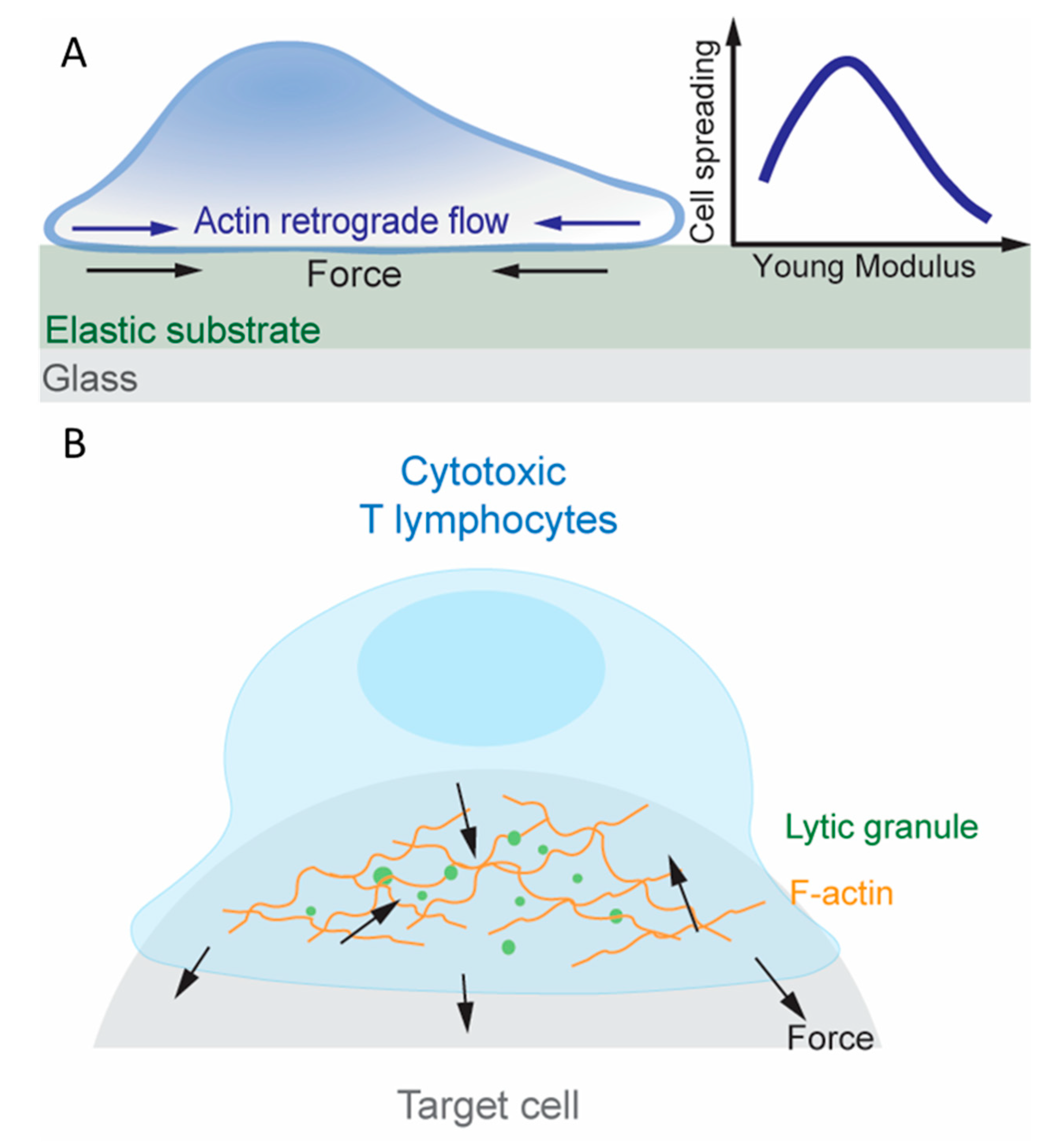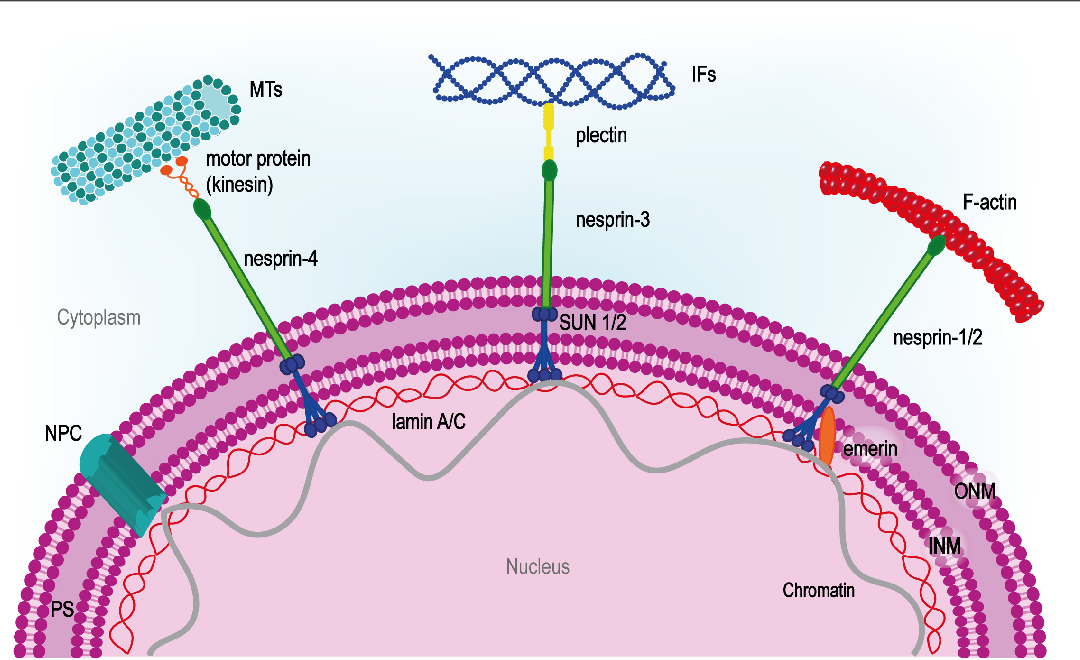Looking Under the Hood of Cellular Mechanotransduction with Biology Diagrams In nonhematopoietic mammalian cell types, cell cycle progression requires adhesion and spreading on a solid substratum. Loss of this requirement for anchorage correlates closely with tumorigenicity in vivo and is related to the ability of cancer cells to invade and metastasize into other tissues (Huang and Ingber, 1999).

A great deal of this challenge arises from two crucial features of mechanotransduction: that cell and tissue structure both modulate and are sculpted by mechanical stresses, and that there are numerous feedback loops between cell signaling and force generation. (Kip1), and cell cycle progression in human capillary endothelial cells by cell Mechanotransduction and cell-cycle progression. Although the focus on cell-cycle regulation has historically been on biochemical cues, it is becoming increasingly appreciated that mechanical cues play a key role. Cell-cycle progression begins at division completion. Cells will typically either enter the G0 or quiescent phase, in which they do Cellular mechanotransduction, a critical regulator of numerous biological processes, is the conversion from mechanical signals to biochemical signals regarding cell activities and metabolism.

Cellular Mechanotransduction: From Tension to Function Biology Diagrams
The mechanically activated cation channels PIEZO1 and PIEZO2 are crucial for mechanotransduction processes in mammals. This Review discusses the structural design and gating dynamics of PIEZO Living cells and tissues experience physical forces and chemical stimuli in a human body. The process of converting mechanical forces into biochemical activities and gene expression is mechanochemical transduction or mechanotransduction. Significant Mechanotransduction is the ability of a cell to sense mechanical cues from its microenvironment and convert them into biochemical signals to elicit adaptive transcriptional and other cellular responses. Here, we describe recent advances in the field of mechanical regulation of transcription, highlight mechanical regulation of the epigenome as a key novel aspect of mechanotransduction, and

Mechanosensing occurs through a series of steps that involve adhesion formation, probing, and response. The cycle begins when (A1-A2) the cell contacts RGD ligand and forms integrin clusters that activate actin polymerization (4, 44).(B1-B4) Step-by-step mechanosensing of fibroblast cells on supported lipid bilayers (45, 114).(C1-C3) When the cell edge encounters new matrix, it forms
